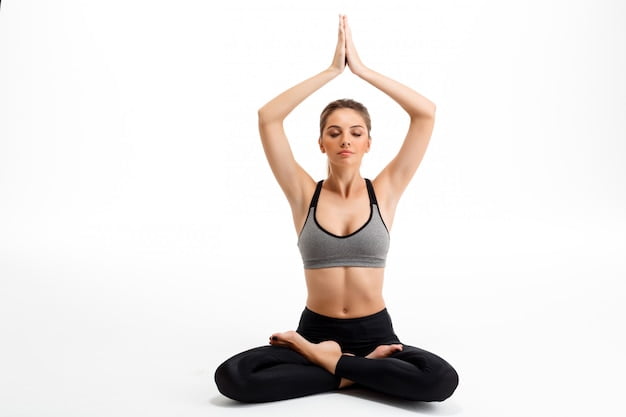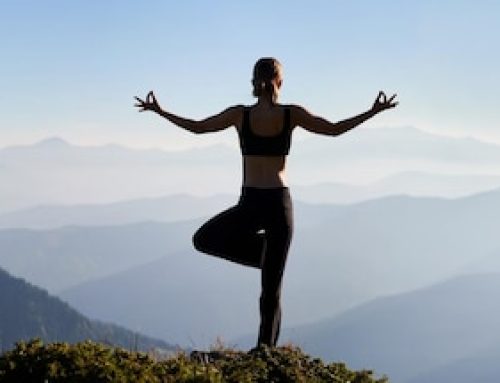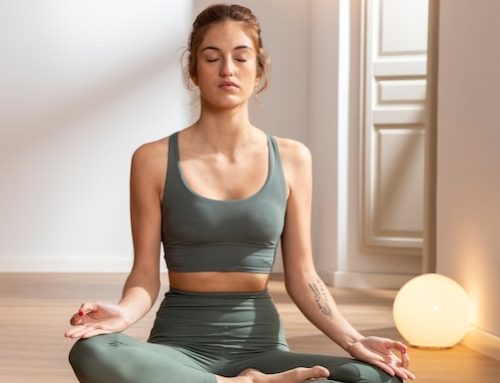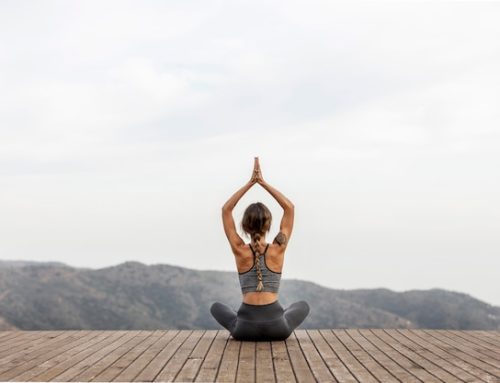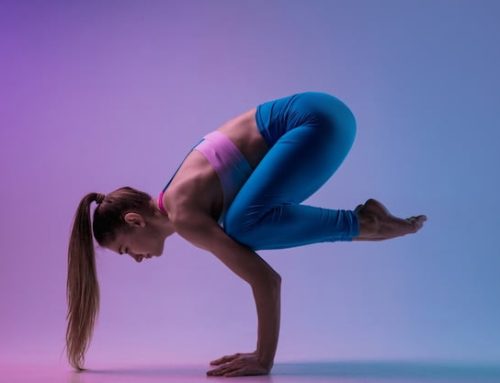Introduction
Yoga is an ancient practice that has been around for thousands of years. It has become increasingly popular in recent times as a means of relaxing and managing stress, improving flexibility, and increasing mindfulness. The good news is that you don’t need to go to a studio or gym to start practicing yoga – you can do it from the comfort of your own home. But, where do you start? Here are some tips on how to start yoga by yourself.
1. Determine Your Goals
Before you even start practicing yoga, it’s essential to determine your goals. Are you looking to improve your flexibility? Relieve stress? Increase strength? There are different types of yoga that cater to different goals, so it’s crucial to have a clear understanding of what you want to achieve. Once you have a clear goal in mind, you can search for yoga sequences or routines that will help you achieve your goal.
2. Create a Space
Creating a calm and comfortable space to practice yoga is essential. Find a quiet room or space in your home where you can roll out a yoga mat and practice without any interruptions. The space should be free from distractions such as televisions, phones, or computers. If you don’t have a dedicated space, you can always move furniture around or practice in your backyard.
3. Find a Routine
There are plenty of yoga routines available online that cater to various skill levels and goals. Some great options include Yoga with Adriene, a YouTube channel that offers free yoga classes for every skill level, and Down Dog, a paid app that offers personalized yoga routines. Find a routine that you enjoy and make it a part of your daily routine – you can start with 10-15 minutes a day and gradually increase the time as you get more comfortable.
4. Get the Proper Equipment
All you need to start practicing yoga is a yoga mat. However, as you progress, you may want to invest in other yoga equipment such as blocks, straps, and blankets. These props can aid in achieving proper alignment and support during difficult poses. Purchase these items gradually as you need them so that you don’t break the bank.
5. Practice Mindfully
One of the most important aspects of yoga is practicing mindfully. This means being present and fully engaged during your practice. Listen to your body, and don’t push yourself beyond your limits. It’s important to remember that yoga is not a competition, and progress takes time. Over time you’ll build your strength, flexibility, and balance, but it’s essential to be patient with yourself.
6. Incorporate Meditation
Meditation is an essential aspect of yoga and can help calm your mind, reduce stress, and increase focus. You can incorporate meditation into your yoga practice by taking a few minutes to sit in silence before or after your practice. There are also plenty of meditation apps available, including Headspace and Calm, that offer guided meditations for varying lengths of time.
7. Continue Learning
There is always room to learn and grow in your yoga practice. As you progress, seek out new routines or try different types of yoga. Attend workshops, seminars, and classes to improve your technique and deepen your understanding of the practice. Not only will you improve physiologically, but you’ll also have a deeper appreciation of the spiritual and mental benefits of yoga.
Conclusion
Starting a yoga practice can seem daunting, but with the right mindset and tools, it’s entirely possible to do it by yourself. Determine your goals, create a space, find a routine, get the proper equipment, practice mindfully, incorporate meditation, and continue learning. Over time, you’ll build a consistent practice that offers physical, mental, and spiritual benefits. Remember, progress takes time, so be patient with yourself, and enjoy the journey.
